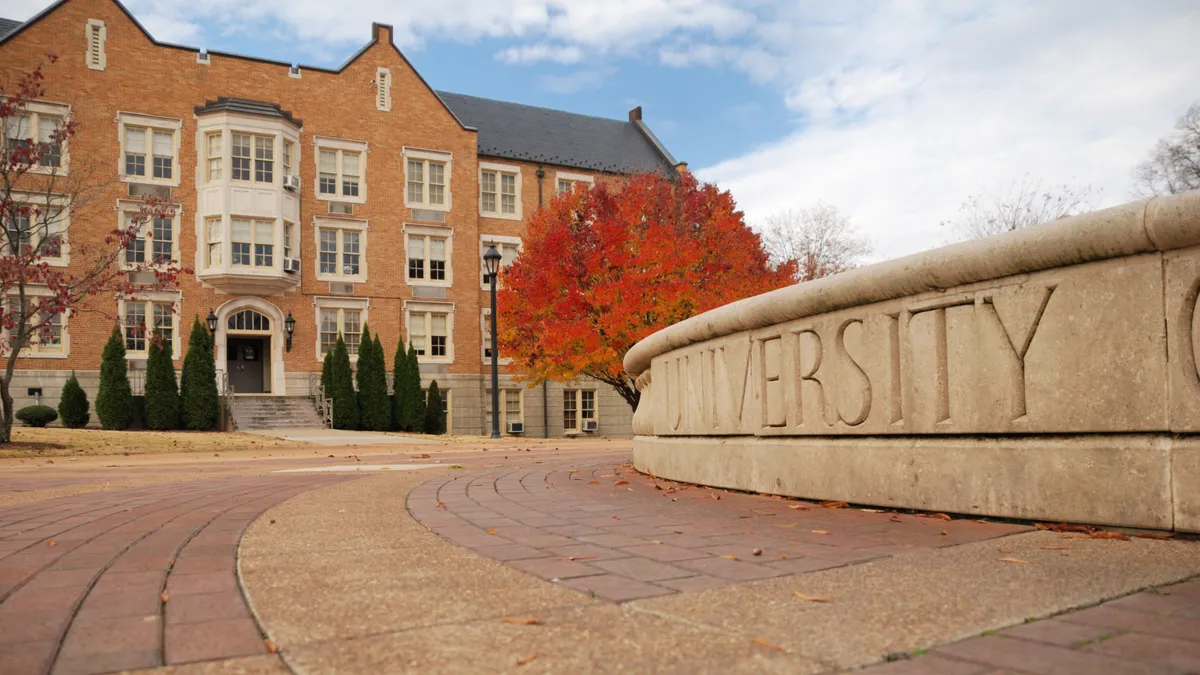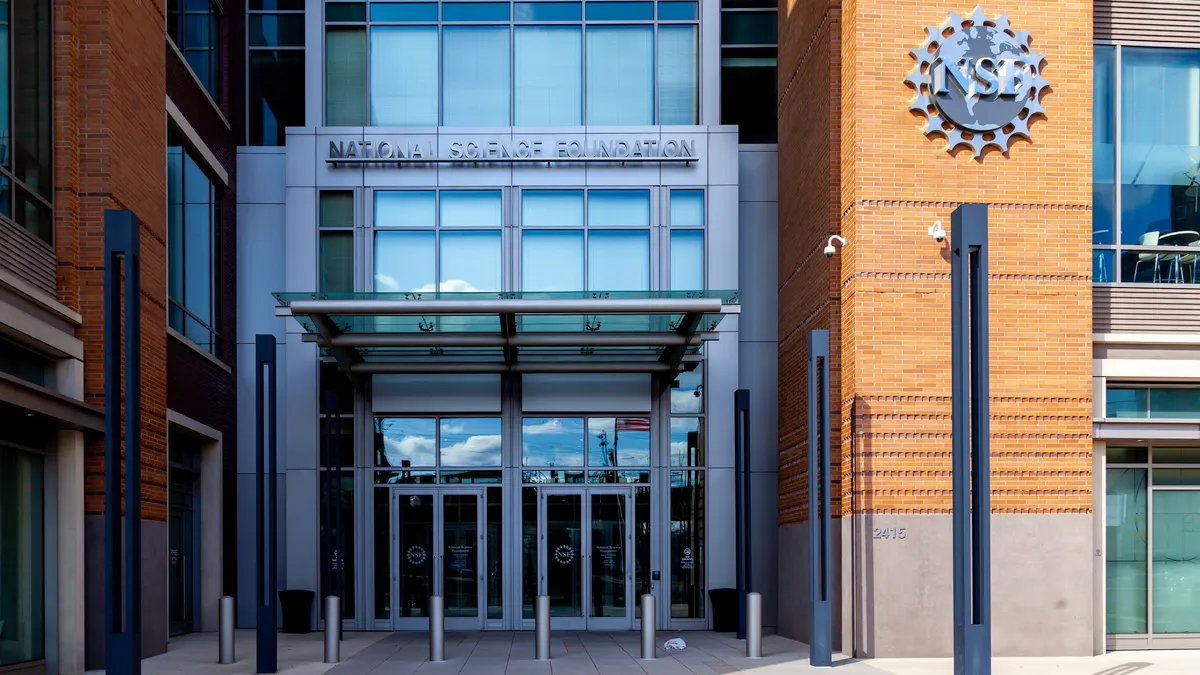Liberal arts and sciences are not an outdated element of training standing in the way of the nation’s science and technology imperatives. Rather, they are the concrete foundation of global connectivity in communication, leadership, innovation and enterprise.
That is the case which will be made in a forthcoming report produced by the Education Advisory Board.
The report, “Reclaiming the value of liberal arts for the 21st century,” makes the case for institutions establishing stronger connections between traditional majors in the arts and professional disciplines, and encourages more effective marketing of liberal arts opportunities and successes.
Set for release next month, the report discusses the changing landscape of higher education, with federal and state funding resources now encouraging performance-based funding metrics which reward development in science and technology, while marginalizing liberal arts degrees and preparation as an obstacle to career fulfillment.
But that narrative doesn’t fit with the institutional goal of career preparation, and the necessity of liberal arts training in helping graduates to secure jobs.
“The real key here is that the liberal arts trains students well to do a number of things in a number of careers. But a lot of students struggle to identify the career path that is a right fit for them,” said Stephen Teske, a research consultant with EAB who earned undergraduate and doctoral degrees in history.
Teske went on to say that while students should begin thinking about career options very early in the higher learning process, colleges could be more effective in shaping ideas about outcomes, and helping students to match their classroom experiences in ways which are also attractive to employers.
“One of the interesting things about a liberal arts experience is that you can explore a lot of fields as a student, but unfortunately, while we have an excellent framework for doing that on the academic side of the house, we struggle in helping students with that exploratory process on the career development side.”
While liberal arts degrees have been criticized in public by corporate officials, presidential candidates and others, college and university officials continue to laud the value of traditional training in the fields. Data from the American Association of Colleges and Universities shows that unemployment of liberal arts bachelor’s holders is only slightly higher than the national unemployment average of all degree holders — 5.4% to 4.6% respectively, and that long-term earning potential of liberal arts graduates exceeds that of graduates in professional fields by more than $2,000 annually.
Fields like military science and finance depend heavily on liberal arts training for its focus on communication and building teamwork, a concept EAB Senior Analyst Ashley Delamater says is becoming an attractive credential for tech development companies and Silicon Valley’s next wave of executive hiring.
“One of the key things for liberal arts majors, they are put in position to become the managerial bench, so as we look forward to people retiring, in a lot of different fields, they are immediately able to jump in to fill those positions,” she said. “You need people with those softer skills, in understanding what experience another human being would need and being able to market those experiences across a global market”
These softer skills, the report suggests, could be developed within academic units by encouraging students to explore non-traditional writing and communication outlets, like journaling and mandatory oral presentation and participation in class. Additional opportunities exist in requiring students to research and analyze connections between their life goals and the industrial missions, challenges and opportunities of potential jobs they may pursue post-graduation.
Part of the challenge of elevating liberal arts majors and professional outcomes is the lack of marketing received by institutions and industries themselves. Teske says that this approach limits the economic viability of academic delivery at its core, as liberal arts courses can teach a large number of students in one class, while science or technical courses can be far more expensive for instruction.
“Data tends to be short term. Liberal arts majors with many options and a longer period of adjustment, tend to take longer for career exploration, and settle into managerial or executive roles much later, often after job placement outcome data has been collected,” Teske says. “I’m occasionally worried that institutions don’t have a list of metrics to figure out how liberal arts majors support other programs, such as how writing supports engineering.”
While the future of liberal arts is not doomed to extinction, Delamater says that institutions could benefit by making the job options and pairings between the liberal arts and professional and technical industries more apparent to students.
“It’s not going to be about radically reorganizing the liberal arts, but reorganizing to create a direct connection to jobs that need the liberal arts today. What are the potential jobs available to our students that they don’t even know they can apply for, and what are the markets that has a lot of openings where one or two courses can help you to add some technical skills to the leadership and liberal arts knowledge base earned in these majors.”















